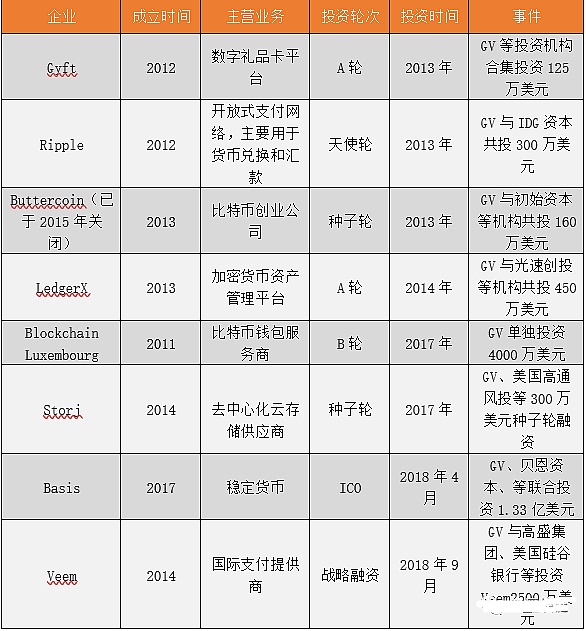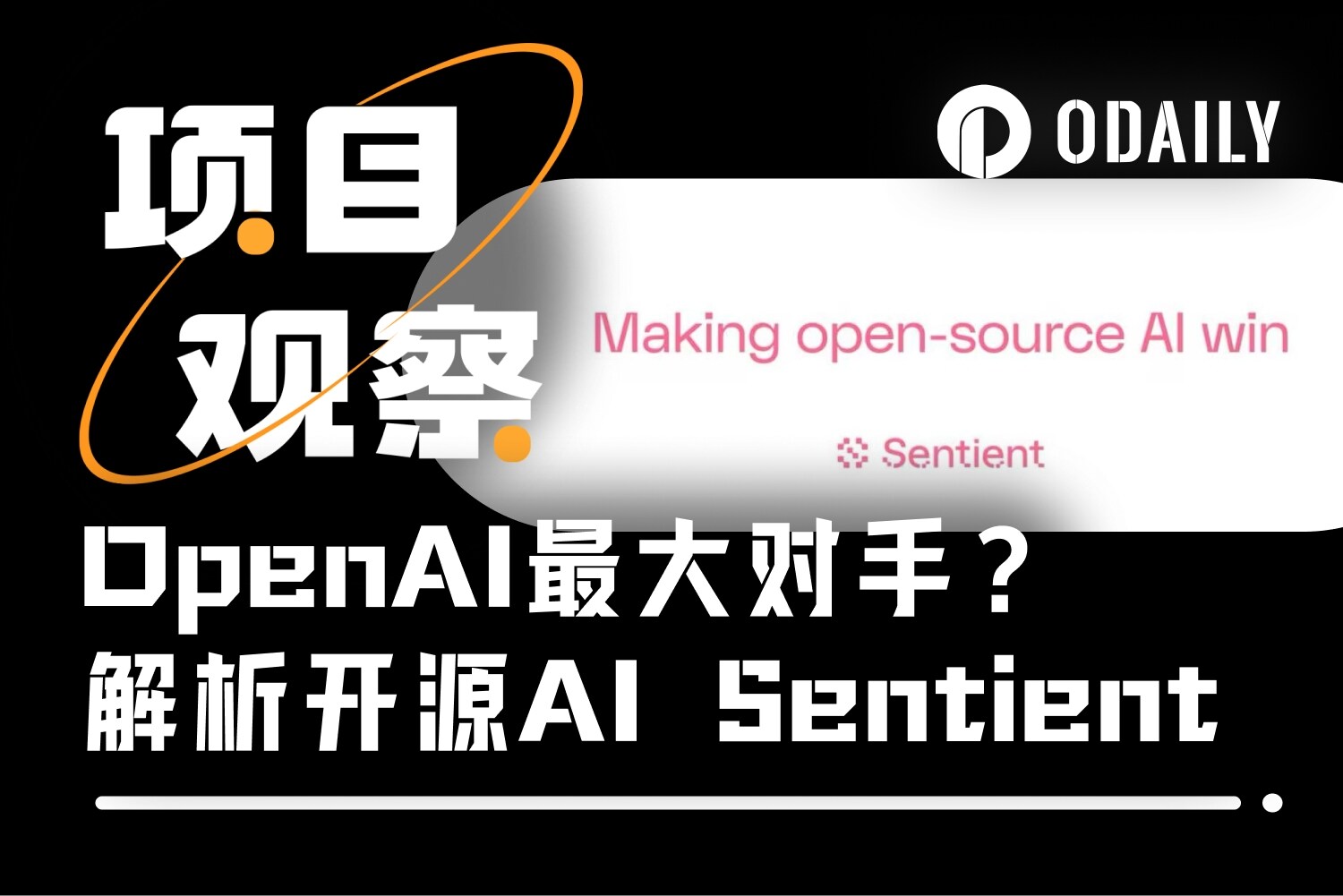Google Pay发展新战略,也将All in Crypto?
根据彭博社的报道,谷歌已聘请支付巨头 PayPal 的前高级副总裁兼首席产品架构师 Arnold Goldberg 领导其支付业务 Google Pay。
谷歌多年来一直在探索为 Google Pay 用户推出的数字支票和储蓄服务,名为“Plex”,为推出这项服务已与 11 家银行达成合作,但在去年 10 月,该公司叫停了这项策略。Google Pay 希望成为整个消费金融行业的“连接器”,而不仅仅是某些合作伙伴,也不想成为银行。
在放弃进军银行业后,谷歌为 Google Pay 设定了新的发展方向。
虽然谷歌长期以来在搜索和其他在线服务领域处于主导地位,但它从未撼动过金融世界。到目前为止,Google Pay 仅在印度获得了一些关注,而在其他地区的发展举步维艰。它远远落后于竞争对手苹果支付,而且也不像苹果那样推出了自己的信用卡和金融产品。行业分析师汤姆·诺伊斯(Tom Noyes)估计,在 2020 年,Google Pay 仅占美国非现金或非接触式支付的 4%,称该服务“很大程度上是失败的”。
但谷歌确实坐拥着巨大的消费者影响力。Google Pay 于 2015 年推出,并于 2020 年进行了升级,旨在成为消费者跟踪费用和寻找折扣的中心,用户在使用 Google Pay 交易时不收取任何费用。当时,谷歌透露该应用在全球拥有 1.5 亿月活跃用户。
谷歌的商务总裁 Bill Ready 在接受彭博社的采访时表示:“我们的目标是帮助建立联系,而不是制造冲突。”
所以,作为改革的一部分,Google Pay 将在搜索引擎及购物服务中添加更多支付功能,为此会与更广泛的金融服务(包括加密资产)合作,专注于成为一个“综合数字钱包”。
Ready 表示:“加密是我们非常关注的东西,随着用户需求和商家需求的发展,我们将随之发展。”
Google Pay 其实已经在加密行业取得了一些初步进展。
2020 年 3 月,Google Pay 增加了对 Coinbase Card 的支持,可以让用户更容易使用加密资产在商店内消费。Coinbase Card 是加密交易所 Coinbase 于 2019 年 4 月推出的 Visa 借记卡。持有此卡的用户可以在任何接受 Visa 付款的商店直接从其 Coinbase 余额中使用 10 种不同的加密资产付款,甚至还可以获得高达 4% 的购物回扣。
2021 年 8 月,Google Pay 增加了对 BitPay 万事达加密借记卡的支持。两个月后,加密交易所 Bakkt 与 Visa 合作推出的借记卡也被集成至 Google Pay,可使用加密资产日常消费。
谷歌也不是首次踏入加密市场。
根据分析公司 CBInsights 在 2017 年底发布的一份报告显示,从 2012 年至 2017 年,谷歌旗下的风投部门 Google Venture(缩写为"GV")投资了多家加密初创企业,包括 Gyft、Blockchain、Ripple、Buttercoin、LedgerX 等。在 2012-2017 这 5 年间,谷歌在加密领域的投资数量位居全球第二,仅次于日本软银集团。

图片:谷歌在加密行业的部分投资事件,来源于零壹智库
虽然目前 Google Pay 仍不支持加密交易,但它将继续扩大与加密公司的合作伙伴关系。很明显,加密是其未来发展战略的一部分,或许这也是聘请前 Paypal 高管的原因之一。
Arnold Goldberg 曾担任 PayPal 的首席产品架构师和总经理,负责领导公司的核心结账和商家服务业务。2020 年,Goldberg 在职期间,Paypal 在获得美国金融服务部门的许可后增加了加密业务,其用户将能够直接从 PayPal 账户中交易和持有加密资产,为其全球 3.77 亿名用户打开了加密支付的大门。此后,Paypal 将其扩展到子应用 Venmo 中,并未其全球 2600 万商户创建了“使用加密结账”的功能。
2021 年,这项业务还扩展到了英国市场,为英国客户提供加密交易服务,客户可以交易主要的加密资产,包括 BTC、ETH、LTC 和 BCH。
同年年底,Paypal 确认将推出自己的稳定币,暂定名为“PayPal Coin”。开发人员 Steve Moser 在 Paypal 的 iPhone 应用程序源代码中首次发现了这个稳定币的内部开发工作。PayPal 的数字货币高级副总裁 Jose Fernandez da Ponte 在接受采访时证实:“我们正在探索一种稳定币;如果我们寻求向前发展,我们当然会与相关监管机构密切合作。”
尽管谷歌的加密计划未更多透露,不过采访时的一句话值得回味:“帮助更多活动发生在免费、开放的网络上——这自然会为我们的整体业务带来红利。”
风险提示:
根据央行等部门发布的《关于进一步防范和处置虚拟货币交易炒作风险的通知》,本文内容仅用于信息分享,不对任何经营与投资行为进行推广与背书,请读者严格遵守所在地区法律法规,不参与任何非法金融行为。



